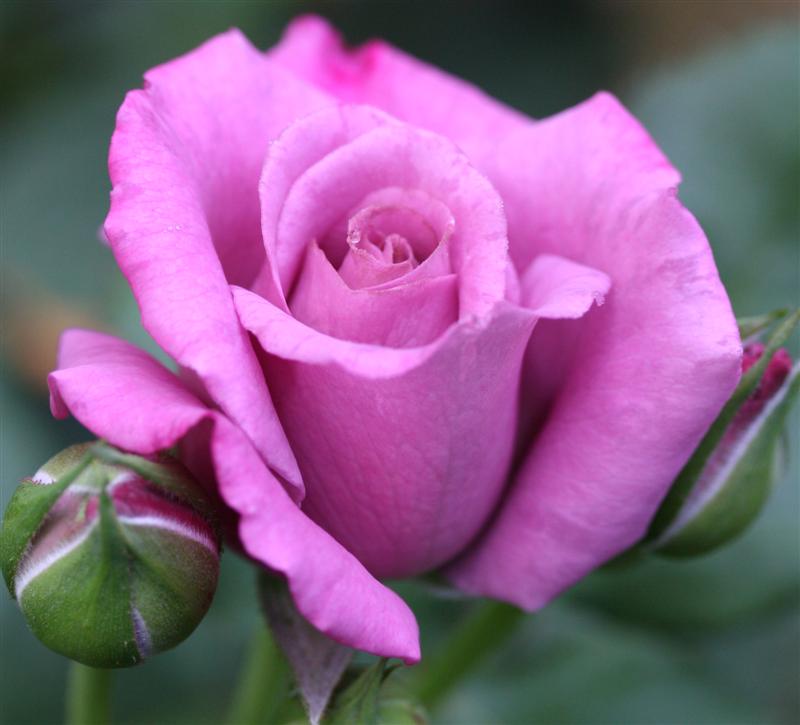Years ago, my husband used to have a raised bed where he grew test roses for Jackson & Perkins. He worked hard to keep the beautiful but fussy hybrid teas alive. Every year, one or two wouldn’t survive the winter and we’d have to replace them. Hybrid teas also require a great deal of pest and disease management. Eventually the battle became too much and we replaced the roses with annuals and perennials.
Several years later I learned about hardy shrub roses in my master gardener class and decided it was time to try roses again. Cultivars like ‘Nearly Wild’ and ‘Carefree Beauty’ weren’t nearly as pretty or fragrant as the hybrid teas, but they were extremely hardy. Reality again set in when my husband and I returned from two-week vacation to find all six of the shrub roses completely skeletonized by rose slugs. Soon after that, whatever leaves were still hanging on the plants developed black spot. They never really recovered. We surrendered again.
Since then, the Japanese Beetles have moved in and it would be suicide to attempt to grow a rose in our yard. But last spring I couldn’t stand it any longer. I wanted to buy a rose and plant it next to our screen porch where I could inhale the intoxicating fragrance on a humid summer night.

I found a beautiful floribunda rose called ‘Angel Face’ at a local nursery. The tag said it sported double, ruffled lavender blooms with an old-rose fragrance. Just what I was looking for. I had no idea how I was going to keep the plant from being eaten to death by beetles, but I really wanted a rose and darn it, I wasn’t going to let some insect stop me.
While waiting in line at the nursery, the lady ahead of me must’ve heard me muttering to my friend about the beetles and diseases this poor rose was going to have to endure. She said “You have to buy a bottle of Bayer Rose & Flower Care. The stuff is amazing.” I don’t usually use chemicals in my garden, but I wanted my rose to have a fighting chance. I bought a bottle on her recommendation. It’s a 3-in-one systemic product that fights both pests and diseases and also contains a fertilizer. It’s supposed to last 6 weeks. You just mix the chemical with water in a watering can or plastic jug and pour it near the base of the rose.
The lady was absolutely right, the product is wonderful. In fact, it worked so well for me that I went back and bought a second rose to plant next to the first one. I only applied the systemic treatment once during the growing season and my roses were completely disease-free despite our crazy bone-dry and then soaking-wet weather of July and August.
My roses weren’t attacked by any bugs either with one exception. Yes, it’s true that Japanese Beetles will not eat the leaves of roses and flowers treated with the product, but I learned from a local entomologist that plants do not draw systemic chemicals into their flowers. So while I had beautiful, robust rose foliage, the beetles gnawed the blossoms until they looked like Swiss cheese.
I retaliated the only way I knew how. For the rest of summer, I snuck outside in the early morning before the beetles were active. I cut off any roses that were about to bloom, brought them inside and put them in a vase. Whether I have to enjoy their wonderful beauty and fragrance inside the house or out, I’m just thrilled to have roses in my garden again.
